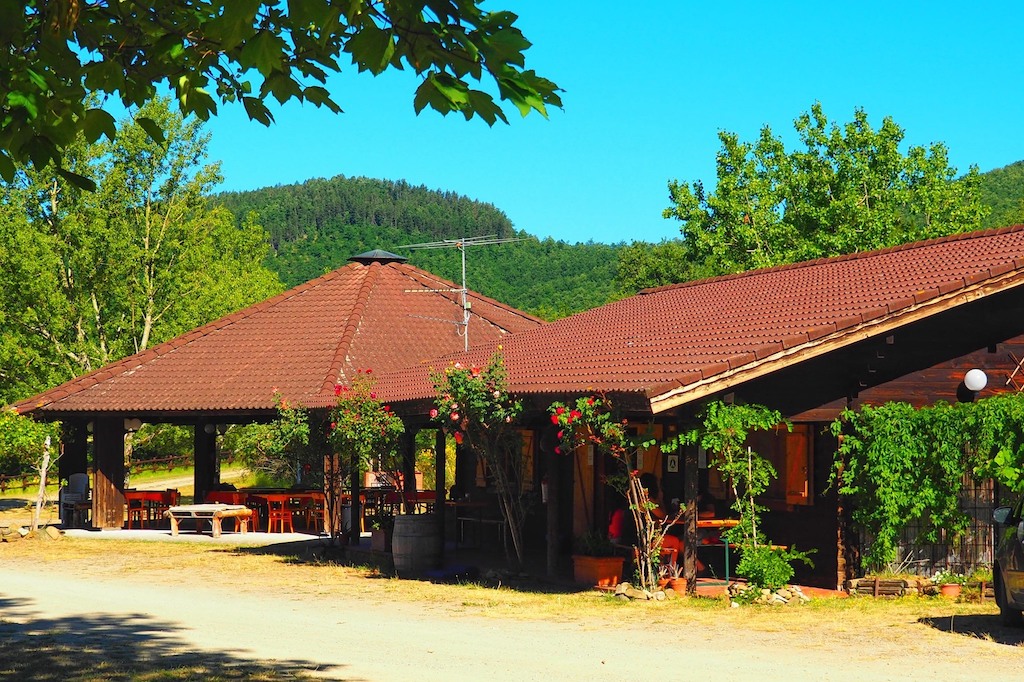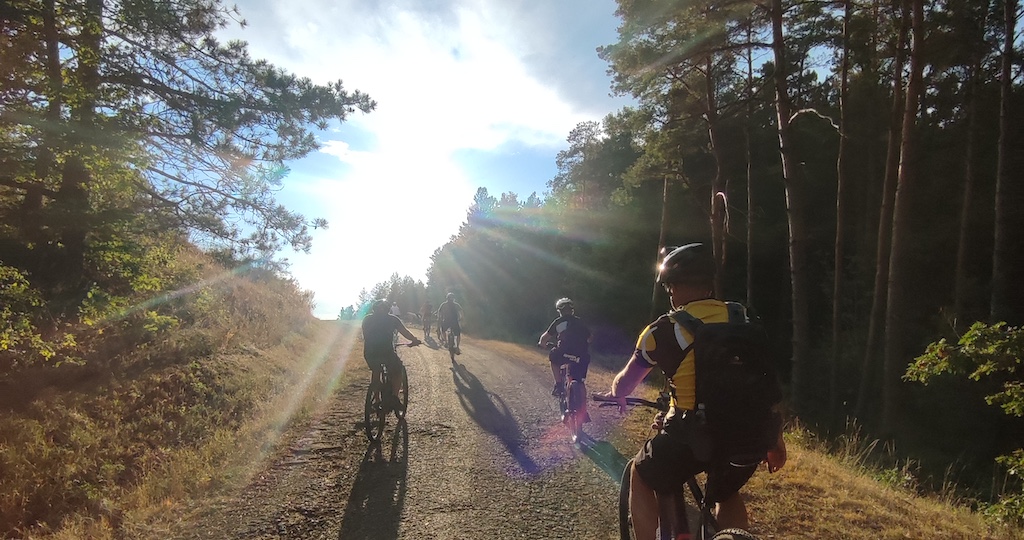
La Verna
In the summer of 1224, St Francis of Assisi withdrew to these places, asking God to allow him to participate with his whole being in the Passion of Christ. The saint received the stigmata, seals of the Passion, which, together with the new way of life, are the most precious gift left by Francis to the friars of La Verna.
The miracle is also mentioned by Dante Alighieri in the 11th Canto of Paradise:
“in the raw stone between the Tiber and the Arno
from Christ took the last seal,
which his limbs bore for two years”.
The ” raw stone”, which is the mountain of La Verna, stands clear, covered by a monumental forest of beeches and firs, and is visible from all over the Casentino and from the upper Tiberina Valley.
In 1213, Count Orlando Cattani donated La Verna to Francis of Assisi. The Saint lived in a cave and slept on the stone.
The mountain was the place of the royal sacrifice and where his spirit is still alive. From the Beccia, one can climb up to the Sanctuary through the Porta degli Uccelli (Birds’ Gate). On the gate, the inscription “Non est in toto sanctior orbe mons”, no other mountain is more saint in the world, the first one built in this place, where Count Orlando is buried. Behind this, stands the basilica of Santa Maria Assunta or the main church, which houses terracotta works of the Della Robbia school.
Next to the church we find the Chapel of the Stigmata, built in 1263, on the spot where the miracle took place, decorated with the largest Della Robbia sculpture ever made, and the Sasso Spicco, a gigantic cleft in the rock, where Francis used to go to pray. From the chapel, we enter the 78 metre long corridor of the Stigmata (next to the chapel), built in 1578 when, one morning, the friars, having had to give up their daily procession because of a heavy snowfall, saw that the procession had been carried out by the animals of the forest. The corridor is decorated with frescoes by Baccio Maria Bacci, and at the end of it we find the Chapel of the Stigmata, built in 1263, which houses a giant glazed terracotta by Andrea della Robbia.
The artistic heritage of the sanctuary is immense; the most striking works are the numerous Della Robbia frescoes. The chapel of the Relics is interesting, as it also houses the Saint’s tunic and numerous other artefacts. Leaving the porch of the Basilica, and through a suggestive staircase carved in the stone, we go towards the Sasso Spicco, a gigantic fissure in the rock where Francis used to go to pray, according to the legend it was cut by the earthquake that followed the death of Jesus, there is the chapel of Santa Maria Maddalena. On the altar, the stone on which Jesus sat when he appeared to the saint is venerated. The Sasso Spicco, a giant fissure in the rock where Francis went to pray, was, according to legend, cut by the earthquake that followed Jesus’ death. Also of great interest is the Museum, with its collection of works of art, vestments, objects from the pharmacy and everyday objects, which ends with the evocative setting of the communal fire.
For more information
www.laverna.it





Leave a Reply